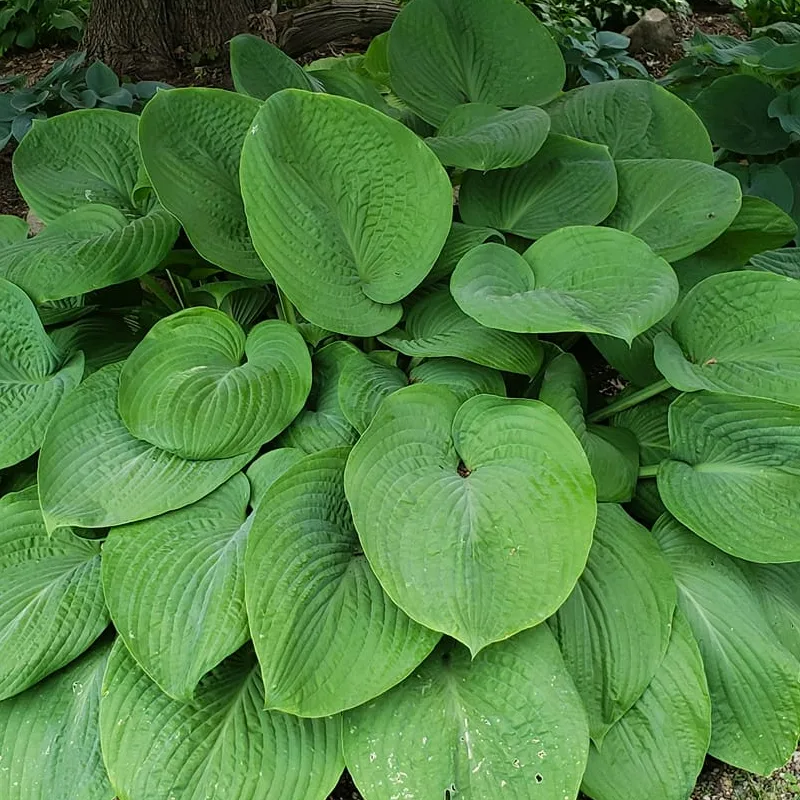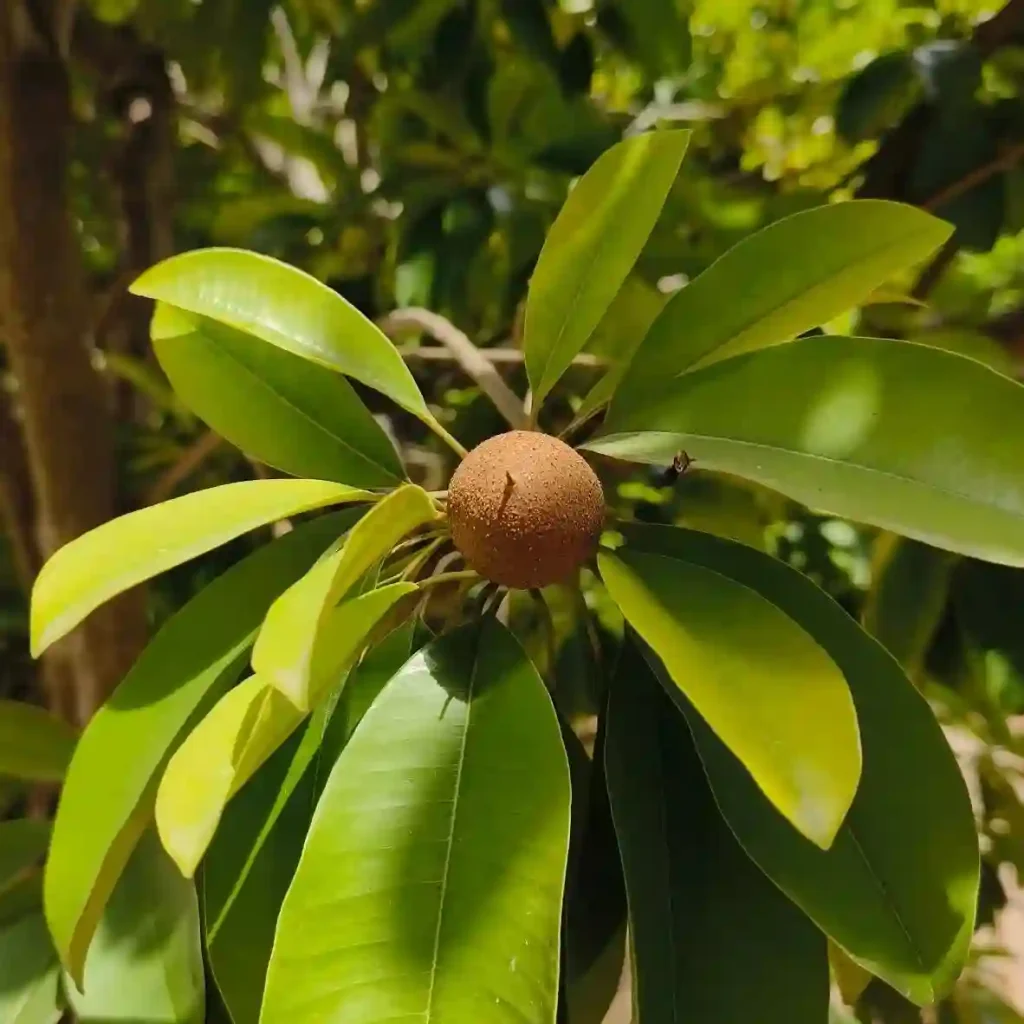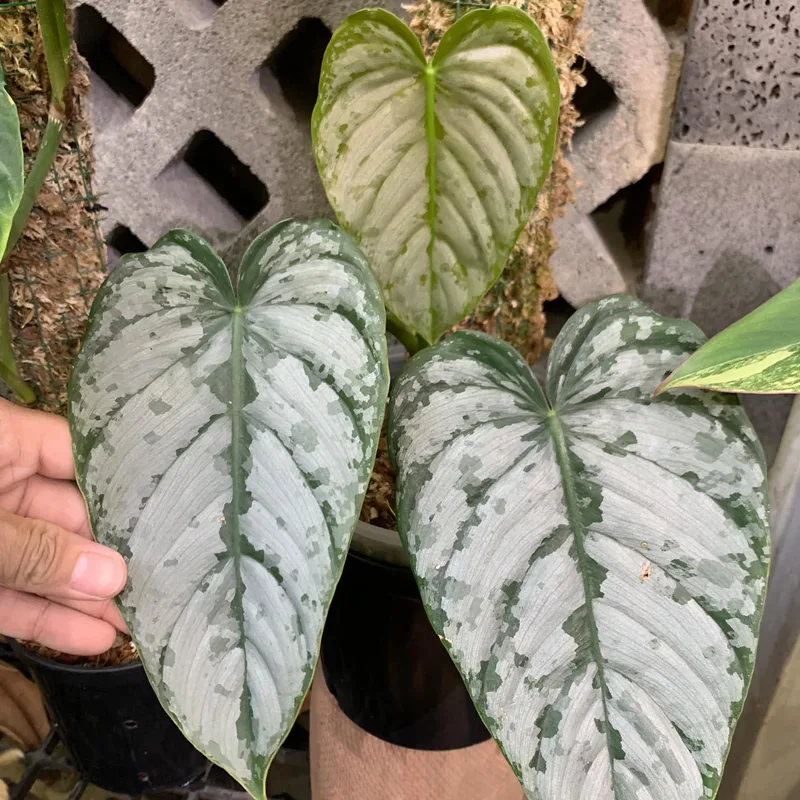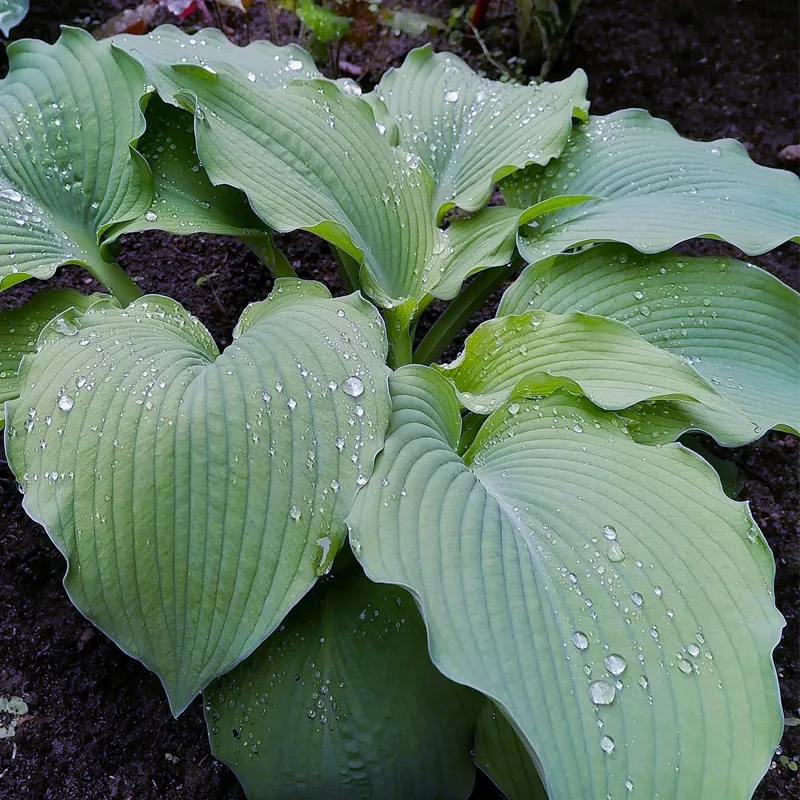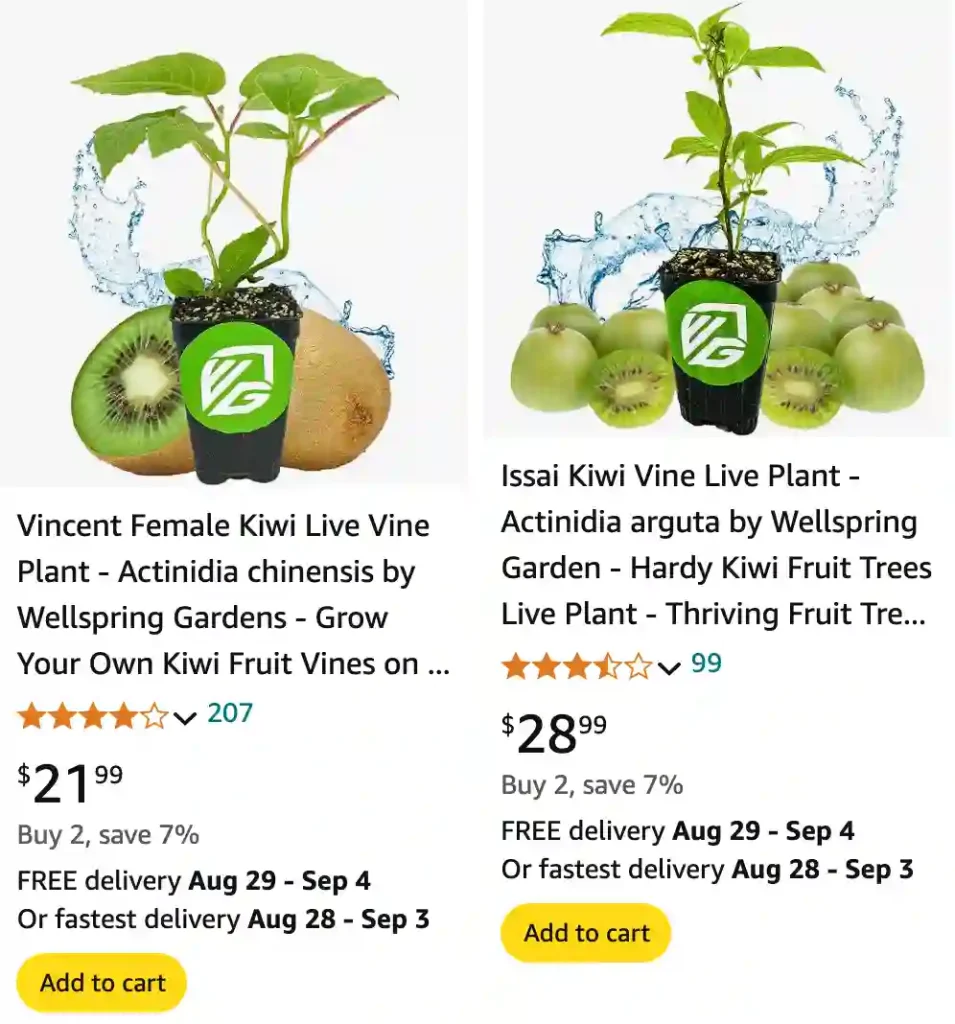
FAQ about Kiwi Plant: Everything You Need to Know
As someone who’s delved deep into the world of gardening, I’ve encountered quite a few questions about the Kiwi Plant – Actinidia Chinensis from the Actinidiaceae family. Whether you’re a seasoned gardener or just curious about growing this unique fruit, understanding how to cultivate and care for a Kiwi Plant can be incredibly rewarding. Here’s a comprehensive guide to address some of the most frequently asked questions about Kiwi Plants.
Plant Family: 3 Genera in Actinidiaceae
How to Grow a Kiwi Plant from Seed?
Growing a Kiwi Plant from seed is an exciting journey, but it requires patience and the right conditions. Start by soaking the seeds in water for 24 hours to break down the seed coat. After soaking, plant the seeds in a seed-starting mix and cover them lightly. Keep the soil consistently moist and maintain a temperature of around 70°F (21°C). Once seedlings emerge, provide them with plenty of light. Transplant the young plants to larger pots when they are strong enough, and eventually, they can be moved outdoors or to their permanent spot in the garden.
What Does a Kiwi Plant Look Like?
Kiwi Plants are vigorous climbers with large, heart-shaped leaves. The plant can grow up to 10 feet or more if given support. The leaves are typically dark green and have a velvety texture. During the flowering season, Kiwi Plants produce small, white or greenish flowers with a delicate fragrance. The fruit, when mature, is oval-shaped with a brown, fuzzy skin and green flesh speckled with tiny black seeds.
Can You Grow a Kiwi Plant in a Pot?
Yes, you can grow a Kiwi Plant in a pot. Choose a large container with good drainage and use a well-draining potting mix. Keep in mind that Kiwi Plants are vigorous and will need substantial space for their roots to spread. Be prepared to provide a trellis or support for the plant to climb. A pot also allows you to move the plant to optimal sunlight conditions or protect it from harsh weather.
Can You Grow a Kiwi Plant Indoors?
Growing a Kiwi Plant indoors is challenging but not impossible. You’ll need a sunny spot, ideally a south-facing window, or supplemental grow lights to provide the necessary light. Indoor Kiwi Plants also require high humidity and good air circulation. While indoor growth can be limited, a dwarf variety of Kiwi may be more suitable for indoor cultivation.
Do You Need a Male and Female Kiwi Plant?
Yes, you typically need both a male and female Kiwi Plant for pollination, as Kiwi Plants are dioecious, meaning they have separate male and female plants. The male plant produces pollen, which must be transferred to the female plant’s flowers for fruit to develop. In a small garden, you might consider planting one male with two or three females to ensure effective pollination.
How Big Does a Kiwi Plant Get?
Kiwi Plants can become quite large. In optimal conditions, they can reach up to 20 feet in length. They are vigorous climbers, so they need a sturdy trellis or support structure to accommodate their growth. Regular pruning can help manage their size and encourage better fruit production.
How Long Does a Kiwi Plant Take to Produce Fruit?
From seed, a Kiwi Plant can take about 3 to 4 years to start producing fruit. If you’re starting with established plants or grafted varieties, you might see fruit in 2 to 3 years. The plant needs to mature and establish a strong root system before it can bear fruit.
How Much Sun Does a Kiwi Plant Need?
Kiwi Plants thrive in full sun, requiring at least 6 to 8 hours of direct sunlight daily. Ensure they get enough light to promote vigorous growth and fruit production. In areas with intense heat, some afternoon shade might be beneficial to prevent leaf scorch.
How Tall Does a Kiwi Plant Grow?
Kiwi Plants are primarily climbing vines, so their height is largely dependent on the support structure provided. They can grow up to 10 to 20 feet tall. Training them on a trellis or arbor helps manage their height and encourages an even distribution of foliage and fruit.
How to Care for a Kiwi Plant?
Caring for a Kiwi Plant involves regular watering, especially during dry spells. The soil should be kept consistently moist but not waterlogged. Fertilize the plant in early spring with a balanced fertilizer to support growth. Mulching helps retain soil moisture and regulate temperature. Pruning is also essential to manage the plant’s size and shape.
How to Propagate Kiwi Plant?
Propagation of Kiwi Plants can be done through seeds, cuttings, or layering. For cuttings, take semi-hardwood cuttings in late summer and root them in a moist, well-draining medium. Layering involves bending a low branch to the ground and covering it with soil until roots form. Once established, new plants can be separated and transplanted.
How to Prune a Kiwi Plant?
Pruning Kiwi Plants is crucial for maintaining their shape and encouraging fruit production. In late winter or early spring, prune back the previous year’s growth to encourage new shoots. Remove any dead or diseased wood and thin out overcrowded areas to improve air circulation. Regular pruning helps keep the plant manageable and productive.
What is the Best Soil for Kiwi Plants?
Kiwi Plants prefer well-draining, loamy soil with a slightly acidic to neutral pH. Amend the soil with organic matter to improve drainage and fertility. Avoid heavy clay soils or areas prone to waterlogging, as Kiwi Plants do not tolerate soggy roots.
What to Plant with Kiwi Plants?
Kiwi Plants can be grown alongside companion plants like beans and peas, which can help provide nitrogen to the soil. However, avoid planting them near other vigorous climbers that might compete for resources or overshadow the Kiwi Plant.
Is Kiwi Plant Toxic?
Kiwi Plants are not toxic to humans or pets. The fruit is edible and enjoyed in many culinary applications. However, be cautious with any plant parts ingested by pets, as some non-toxic plants can still cause mild digestive upset.
Common Problems with Kiwi Plants
Kiwi Plants can face issues such as pest infestations (like aphids or spider mites) and diseases (like powdery mildew). Regular inspection and prompt treatment can prevent these problems. Ensuring proper spacing and good air circulation helps reduce the risk of disease.
Growing Kiwi Plants can be a fulfilling experience, offering both the challenge of cultivation and the reward of delicious fruit. Whether you’re starting from seed or caring for established plants, a little knowledge and attention can go a long way in ensuring a successful Kiwi Plant journey.
If i die, water my plants!
